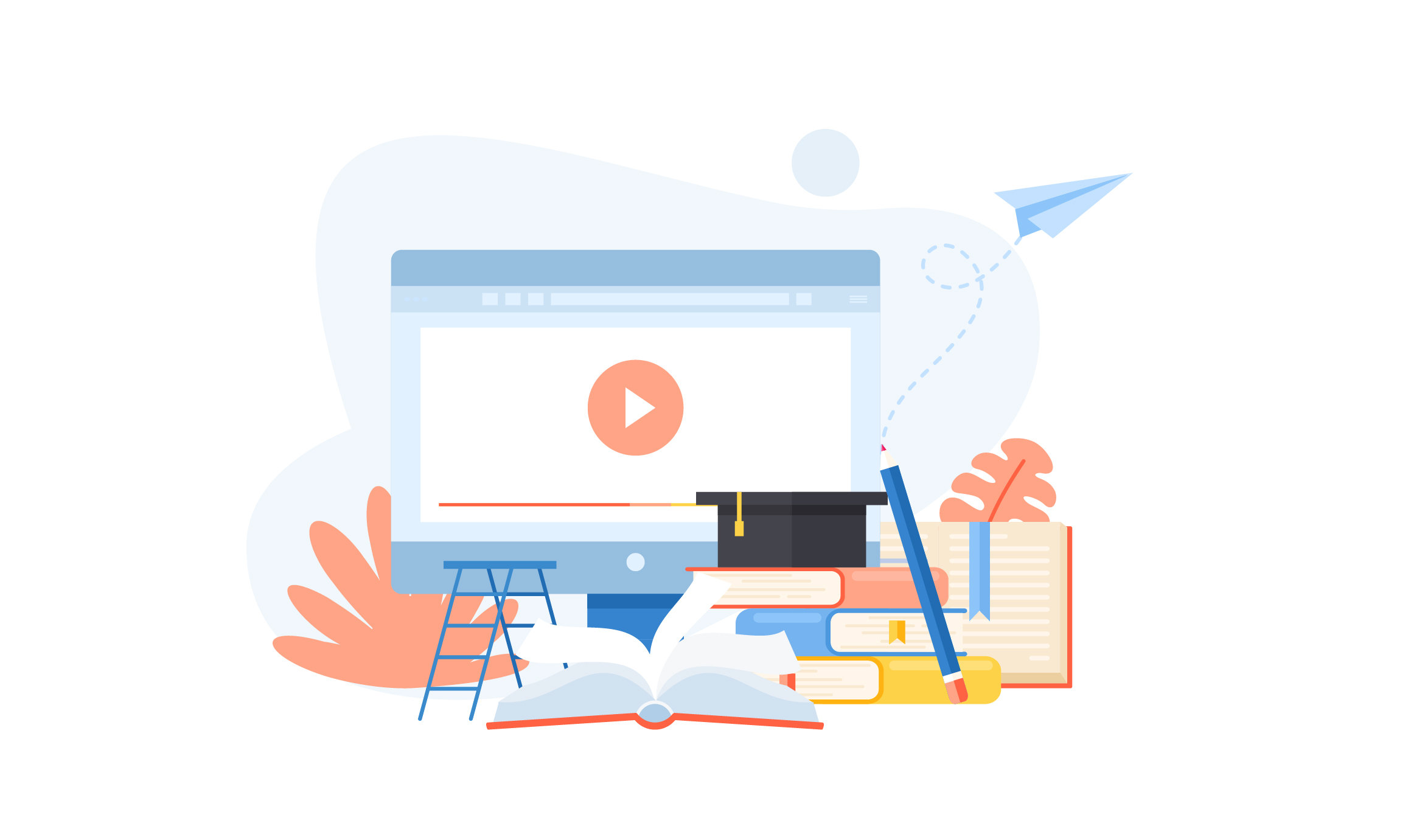The use of technology in education has been revolutionizing the way we learn and teach. With the rise of ed tech apps, education is now more accessible, engaging, and effective than ever. These apps offer a wide range of benefits changing how we approach education, from personalized learning to collaboration and communication.
One of the main benefits of EdTech apps is their ability to provide personalized learning experiences. These apps use algorithms to analyze students’ learning patterns, interests, and abilities. Using artificial intelligence, data analytics, and other tools, EdTech apps provide customized content, assessments, and feedback, allowing learners to progress at their own pace and in their own way. They can also address specific learning challenges and offer targeted support and resources. By personalizing the learning experience, EdTech apps can make education more effective, engaging, and accessible for all users.
Furthermore, EdTech apps offer a wide range of resources, including videos, interactive simulations, and gamification techniques, that make learning more engaging and enjoyable.
These tools offer a wide range of resources that are not available in traditional classroom settings. By using EdTech apps, students can better retain knowledge as they’re engaged in a more enjoyable learning experience. Gamification techniques, for example, motivate learners, compelling them to continue studying and achieve higher scores. Edutech apps also allow for instant feedback, helping students to track their progress and identify areas for improvement.
This is especially important for younger learners who often struggle to stay focused in traditional classroom settings.
Another major advantage of EdTech apps is their ability to promote collaboration and communication among students and teachers.
These apps provide a platform where students can interact with their peers, discuss topics, clarify doubts, and collaborate on projects. Teachers can also engage with students, provide feedback, and create opportunities for group activities. With EdTech apps, students can learn together, share ideas, and interact in a safe and supportive learning environment.
This helps to foster a sense of community and support among learners, making education a more social and interactive experience.
Edutech apps are also making education more accessible to learners around the world. With the rise of online learning platforms, students no longer need to be physically present in a classroom to access high-quality education.
As a result, EdTech apps are increasingly being adopted as valuable tools in schools, colleges, and universities worldwide. This is especially important for students in remote areas or those who may not have access to traditional educational resources. These apps provide a range of learning materials and resources through which individuals can access educational content, either for free or for a minimal fee.
In addition, EdTech apps are also helping to bridge the gap between formal education and real-world experiences. By providing interactive and immersive simulations, these apps offer students the opportunity to apply theoretical knowledge in practical contexts.
This is particularly important for students in technical fields who need hands-on experience to succeed in their careers.
Furthermore, EdTech apps allow for personalized and on-demand learning, catering to individual student needs and preferences. As a result, EdTech apps are an indispensable tool for modern education, enhancing the effectiveness and inclusiveness of traditional learning approaches.
Disadvantages of Edutech Apps
Despite the many benefits of EdTech apps, there are some concerns about their impact on traditional classroom settings.
While EdTech apps have some advantages, they also have several downsides that should not be overlooked.
One of the most significant downsides of EdTech apps is that they can be addictive. Like any other technology, EdTech apps can be designed to be addictive, which can lead to a decrease in productivity, attention span, and focus. Students can spend hours on an EdTech app, which can lead to procrastination, neglecting other important tasks, and even addiction. Addiction to EdTech apps can be harmful and can lead to a decrease in academic performance and overall well-being.
Another downside of EdTech apps is that they can be expensive. While some EdTech apps are free, many of them come with a price tag, which can be a burden for students and schools with limited budgets. Additionally, some EdTech apps require subscriptions, which can be costly over time. This can make it difficult for some students and schools to access EdTech apps and take advantage of their benefits.
Moreover, EdTech apps can create a digital divide. While some students have access to technology and EdTech apps, others may not have access to the same resources. This can create inequality in the classroom and can lead to a disparity in academic performance. Furthermore, EdTech apps may not be accessible to students with disabilities, which can limit their learning opportunities and further perpetuate inequality.
Another downside of EdTech apps is that they can be a distraction. While EdTech apps can be engaging and interactive, they can also be a distraction for some students. Students can get lost in the features of an EdTech app and lose sight of the learning objectives. Moreover, some EdTech apps can be too gamified, which can reduce the focus on the learning experience.
Finally, EdTech apps can be unreliable. While EdTech apps are designed to enhance the learning experience, they are not always reliable. Technical issues can arise, such as glitches, bugs, and crashes, which can disrupt the learning process. Furthermore, the content provided by some EdTech apps may not be accurate, up-to-date, or relevant, which can negatively impact the learning experience.
In conclusion, EdTech apps are revolutionizing the way we approach education, offering personalized learning, collaboration, and accessibility. However, these concerns can be addressed through proper implementation and training. Edutech apps should be used as a supplement to traditional teaching methods rather than a replacement. Teachers should be trained in the use of these apps and provided with the necessary resources to ensure that they are used effectively.
As technology continues to advance, EdTech apps will play an increasingly important role in shaping the future of education.







